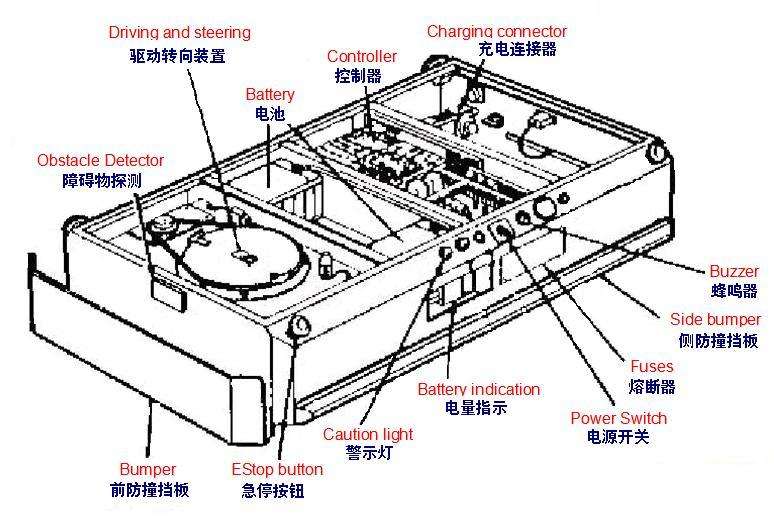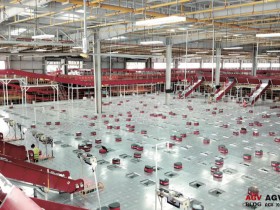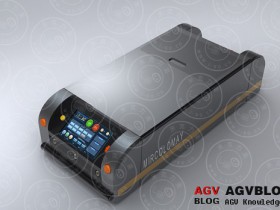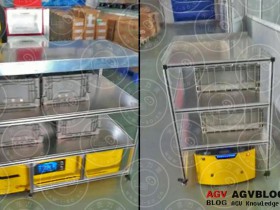The body – consisting of the frame and the corresponding mechanical devices – is the basic part of the AGV and is the basis for the installation of other assembly components.
Power storage and charging devices - AGVs are often powered by 24V and 48V DC batteries. Battery power should generally be maintained for more than 8 hours of continuous operation.
The drive unit consists of a wheel, a reducer, a brake, a drive motor and a speed controller. It is a device that controls the normal operation of the AGV. The running command is issued by computer or manual control, and the adjustment of running speed, direction and braking is controlled by computer respectively. For safety reasons, the brake can be mechanically braked in the event of a power failure.
Guide device - accepts the direction information of the guidance system and realizes the steering action through the steering device.
On-board controller - accepts the instructions of the control center and executes the corresponding instructions, and simultaneously feeds its own status (such as position, speed, etc.) to the control center.
Communication device - realizes the exchange of information between the AGV and the ground control station and the ground monitoring equipment.
Safety protection devices - including protection of the AGV itself, protection of people or other equipment.
Transfer device - A device that directly contacts the goods being transported to achieve cargo transfer.
Information transmission and processing device - monitors the AGV, monitors the ground state of the AGV, and transmits information in real time with the ground control station.


![[Depth] The rise of Chinese warehousing robot companies](http://www.agvblog.com/wp-content/themes/begin/thumbnail.php?src=http://www.agvblog.com/wp-content/uploads/2020/09/20200904102907-f2f5e.jpeg&w=280&h=210&a=&zc=1)


